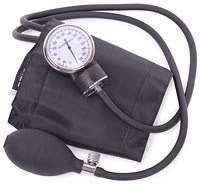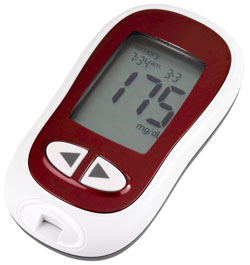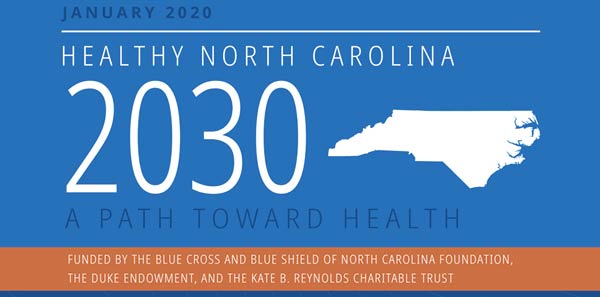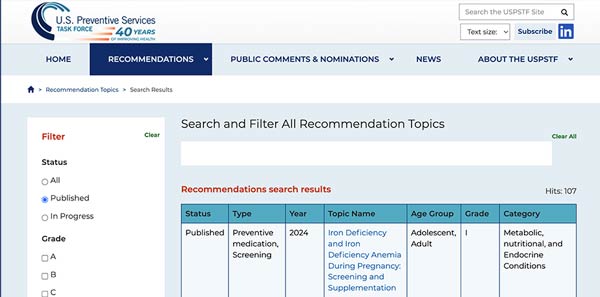-
County Physical Activity and Nutrition Data Profiles
The following profiles contain physical activity and nutrition indicators by county compared to the state average.
Click a county below to download its profile
- Alamance
- Alexander
- Alleghany
- Anson
- Ashe
- Avery
- Beaufort
- Bertie
- Bladen
- Brunswick
- Buncombe
- Burke
- Cabarrus
- Caldwell
- Camden
- Carteret
- Caswell
- Catawba
- Chatham
- Cherokee
- Chowan
- Clay
- Cleveland
- Columbus
- Craven
- Cumberland
- Currituck
- Dare
- Davidson
- Davie
- Duplin
- Durham
- Edgecombe
- Forsyth
- Franklin
- Gaston
- Gates
- Graham
- Granville
- Greene
- Guilford
- Halifax
- Harnett
- Haywood
- Henderson
- Hertford
- Hoke
- Hyde
- Iredell
- Jackson
- Johnston
- Jones
- Lee
- Lenoir
- Lincoln
- Macon
- Madison
- Martin
- McDowell
- Mecklenburg
- Mitchell
- Montgomery
- Moore
- Nash
- New Hanover
- Northampton
- Onslow
- Orange
- Pamlico
- Pasquotank
- Pender
- Perquimans
- Person
- Pitt
- Polk
- Randolph
- Richmond
- Robeson
- Rockingham
- Rowan
- Rutherford
- Sampson
- Scotland
- Stanly
- Stokes
- Surry
- Swain
- Transylvania
- Tyrrell
- Union
- Vance
- Wake
- Warren
- Washington
- Watauga
- Wayne
- Wilkes
- Wilson
- Yadkin
- Yancey
Data from the Centers for Disease Control and Prevention
- United State Diabetes Surveillance System - An interactive web application of the most comprehensive compilation of diabetes data and trends at national, state, and county levels.
- Interactive Atlas of Heart Disease and Stroke - Online mapping tool allows users to create and customize county-level maps by race and ethnicity, gender, age group, and more.
- Heart Disease & Stroke Prevention Data Portal - Contains information on heart disease mortality, adults with hypertension, national cardiovascular disease surveillance data, etc.
- Nutrition, Physical Activity, and Obesity: Data, Trends and Maps - This interactive database provides national and state data about the health status and behaviors of Americans.
- CDC Wonder - Online access to a variety of public health information data sources which can be searched by topic or by database.
- Racial Disparities in Age-Specific Mortality Among Blacks or African Americans — United States, 1999–2015
- Racial and Ethnic Differences in Social Determinants of Health and Health-Related Social Needs Among Adults — Behavioral Risk Factor Surveillance System, United States, 2022
Cardiovascular Health
The Community and Clinical Connections for Prevention and Health Branch monitors efforts to prevent and control hypertension and high blood cholesterol, primary risk factors for heart disease and stroke, in North Carolina. In 2019, high blood pressure was the primary cause of 652 deaths and contributed to 24,864 heart disease and stroke deaths in North Carolina. About 2.9 million North Carolina adults (35%) have been diagnosed with high blood pressure by a health care professional.

Fact Sheets
- Heart and Blood Vessel Disease Fact Sheet (2022)
- Hypertension Fact Sheet (2020)
- Stroke Fact Sheet (2019)
- High Blood Pressure Fact Sheet in North Carolina (March 2020)
Helpful Links
- Cardiovascular Diseases in North Carolina (2022 BRFSS)
- Hypertension Awareness in North Carolina (2021 BRFSS)
- Leading Causes of Death in North Carolina (2021)
Additional Links:
- North Carolina Institute of Medicine Interactive County Map
- North Carolina State Center for Health Statistics
Diabetes Prevention and Management
The Community and Clinical Connections for Prevention and Health Branch monitors efforts to prevent, manage, and increase awareness of diabetes in North Carolina. Diabetes is the seventh leading cause of death in the state. In 2019, diabetes was the primary cause for 3,127 deaths (or 3.3%) and contributed to many more. Over 1.5 million North Carolinians may have prediabetes, but are unaware of their condition. Without lifestyle changes to improve their health, 15% to 30% of people with prediabetes will develop type 2 diabetes within five years.

Fact Sheets
Helpful Links
Additional Links:
Obesity
The Community and Clinical Connections for Prevention and Health Branch monitors efforts to increase physical activity and healthy eating in childcare facilities, worksites, communities and among North Carolinians at large. In 2019, about 38% of North Carolina adults ate fruits less than one time per day and about 17% ate vegetables less than one time per day compared to 39% and 21% nationally. Adults need 150 minutes of moderate-intensity physical activity each week and should perform muscle-strengthening activities at least two days per week. In 2019 about 50% of North Carolina adults engaged in 150 minutes or more of moderate-intensity physical activity per week compared to about 51% of adults nationally.

Fact Sheets
- Overweight and Obesity Among Adults Fact Sheet
- Overweight and Obesity Among Children and Adolescents Fact Sheet
Helpful Links
- Overweight and Obesity among Children in North Carolina
- Overweight and Obesity in North Carolina (2022 BRFSS)
- Youth Risk Behavior Surveillance System (YRBSS)
Additional Links:
- Eat Smart, Move More North Carolina Resources
- F as in Fat: How Obesity Threatens America's Future (2013)
- North Carolina State Center for Health Statistics
Physical Activity and Nutrition
The Community and Clinical Connections for Prevention and Health Branch monitors efforts to increase physical activity and healthy eating in childcare facilities, worksites, communities and among North Carolinians at large. In 2019, about 38.1% of North Carolina adults ate fruits less than one time per day and about 17% ate vegetables less than one time per day. Adults need 150 minutes of moderate-intensity physical activity each week and should perform muscle-strengthening activities at least two days per week. In 2019 about 49% of North Carolina adults engaged in 150 minutes or more of moderate-intensity physical activity per week compared to about 51% of adults nationally.

Fact Sheet
Helpful Links
- Eat Smart, Move More North Carolina Resources
- Physical Activity in North Carolina (2022 BRFSS)
- Fruits and Vegetable Consumption (2021 BRFSS)
- Access to Excercise Opportunities (SHIP Health Indicator 7)
- Limited Acess to Healthy Foods (SHIP Health Indicator 8)
- North Carolina State Center for Health Statistics



